Western Gray Squirrel
- December 18, 2023
- 0 comment
The Western Gray Squirrel (Sciurus griseus) is a fascinating species that inhabits the diverse ecosystems of the western United States. Identified by its distinct physical features, this arboreal rodent is characterised by its long, bushy tail, which aids in balance and communication. Its fur exhibits a striking blend of grays and browns, contributing to its overall elusive appearance. Despite its charismatic presence, conflicts often arise between Western Gray Squirrels and humans due to habitat encroachment, posing challenges for both parties. As urbanisation expands, these squirrels face habitat loss, leading to increased interactions with human communities.

The legal status of Western Gray Squirrels varies across their range, and conservation efforts are implemented to protect their populations. In certain regions, they may be listed as a species of concern, highlighting the importance of safeguarding their habitats and promoting coexistence. Identification of these squirrels is crucial for effective conservation measures, with their unique physical traits setting them apart from other squirrel species. Conservationists and wildlife enthusiasts alike engage in efforts to raise awareness about the Western Gray Squirrel’s ecological significance and the need for its preservation.

The species range of Western Gray Squirrels spans from the coastal forests of the Pacific Northwest to the interior woodlands and mountainous terrain. This broad distribution showcases their adaptability to diverse environments, although this adaptability is increasingly tested by human-induced changes to their habitats. With expanding urbanisation and fragmentation of natural landscapes, these squirrels face challenges in maintaining viable populations, making conservation initiatives imperative.
Health and safety concerns arise in areas where Western Gray Squirrels come into close contact with humans. While these animals are generally harmless, efforts to feed or interact with them may lead to unintended consequences, such as habituation or the spread of diseases. It is essential for communities to strike a balance between appreciating the presence of these unique creatures and ensuring their natural behaviors are preserved. Conservationists and local authorities work collaboratively to develop strategies that promote the well-being of both Western Gray Squirrels and the communities they inhabit.
| Aspect | Description |
|---|---|
| Scientific Name | Sciurus griseus |
| Physical Description | Medium-sized rodent with a body length of approximately 18-20 inches and a bushy tail measuring 21-25 inches. Fur coloration ranges from grays to browns, creating a distinctive appearance. |
| Habitat | Diverse ecosystems including coastal forests, interior woodlands, and mountainous terrain in the western United States. |
| Legal Status | Varies across regions, with some populations listed as species of concern. Conservation efforts aim to protect their habitats and ensure sustainable coexistence. |
| Range | Extends from the Pacific Northwest along the western United States. Adaptability allows them to thrive in various environments, although habitat loss poses a significant challenge. |
| Conflicts | Habitat encroachment due to urbanization often leads to conflicts with human communities. Conservation measures seek to address these conflicts and promote harmonious cohabitation. |
| Health and Safety | Generally harmless, but interactions with humans can lead to habituation and the potential spread of diseases. Communities are encouraged to appreciate from a distance to ensure both safety and conservation. |
The Enigmatic Western Gray Squirrel
General Biology of the Western Gray Squirrel
The Western Gray Squirrel (Sciurus griseus) stands as a testament to the marvels of nature with its intriguing biology. This medium-sized rodent boasts a body length of around 18-20 inches, complemented by a luxuriously bushy tail spanning 21-25 inches. Its fur, an exquisite blend of grays and browns, serves as a testament to the elegance of its appearance. As a creature adapted to diverse ecosystems, understanding the general biology of the Western Gray Squirrel is the key to appreciating its unique place in the natural world.
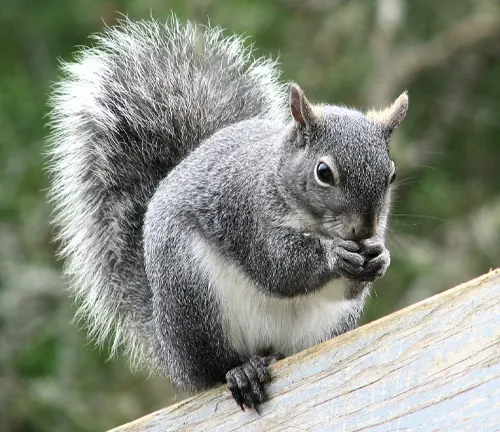
A Glimpse into Family Life
In the realm of reproduction, the Western Gray Squirrel employs fascinating strategies. Females typically give birth to two to four young, called kits, in the spring. The nurturing instincts of the mother shine as she diligently cares for her offspring. Observing these family dynamics sheds light on the intricate web of life woven by these remarkable creatures.
Unravelling the Squirrel’s World
Delving into the behavioral repertoire of the Western Gray Squirrel reveals a creature that is both adaptable and intelligent. From acrobatic feats in the treetops to ground-level foraging, these squirrels showcase a diverse range of behaviors. Understanding their behavior is key to appreciating their role in the ecosystem and their interactions with their surroundings.
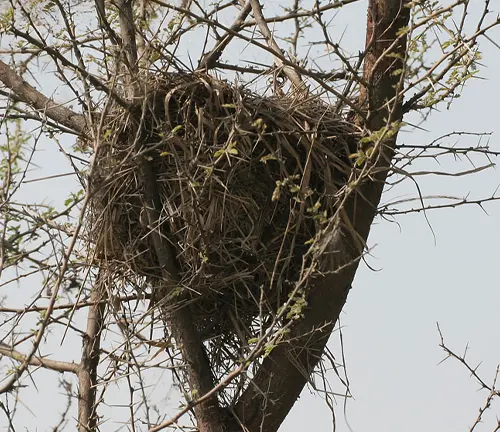
Crafting Homes in Nature’s Tapestry
The Western Gray Squirrel’s choice of nesting and denning cover is a testament to its resourcefulness. Building nests high in the trees or utilizing tree cavities, these squirrels create secure havens for raising their young and seeking refuge. Exploring the intricacies of their nesting habits unveils the masterful craftsmanship that goes into creating these natural sanctuaries.
Habitat Harmony
A defining feature of the Western Gray Squirrel is its ability to thrive in diverse habitats. From the coastal forests of the Pacific Northwest to the mountainous terrains, these squirrels showcase adaptability that allows them to navigate a range of environments. Understanding their habitat preferences provides valuable insights into their ecological role.
Culinary Chronicles
The Western Gray Squirrel’s diet is a culinary adventure through the natural landscape. With a penchant for nuts, seeds, and fruits, these squirrels play a crucial role in seed dispersal, contributing to the health of their habitats. Unravelling their food habits provides a glimpse into the interconnected ness of the ecosystem.
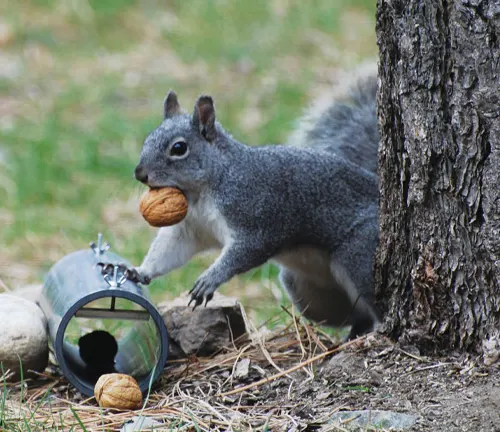
Symphony in Nature
The Western Gray Squirrel communicates not only through its physical presence but also through a symphony of sounds, tracks, and signs. From distinct vocalizations to tracks in the mud and telltale signs of feeding activity, decoding these elements enriches our understanding of their vibrant existence. Listening to their voices and deciphering their tracks adds a layer of depth to our exploration of the Western Gray Squirrel’s world.
Navigating the Challenges
Balancing Nature’s Harmony
As we delve into the world of the Western Gray Squirrel (Sciurus griseus), it’s essential to recognise the challenges that may arise in human-wildlife interactions. One aspect that requires scrutiny is the impact these squirrels can have on landscapes. While these creatures contribute positively to ecosystems, their foraging habits and nest-building activities can sometimes result in landscape damage. Understanding and identifying this damage allows us to strike a balance between appreciating their presence and mitigating potential challenges.
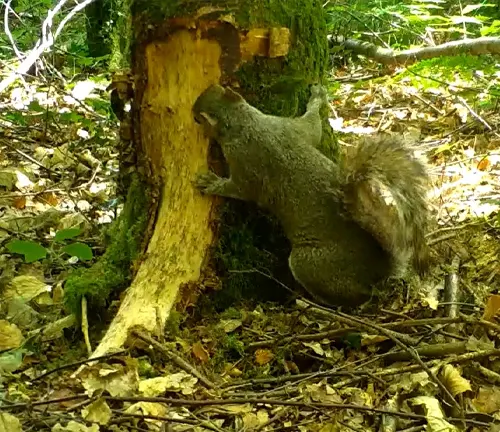
Navigating Agricultural Frontiers
Agricultural landscapes may experience the effects of Western Gray Squirrel foraging, with crops often bearing the brunt of their feeding habits. Orchards, nut groves, and other cultivated areas may face challenges as these squirrels seek out nuts, fruits, and seeds. By delving into the specifics of damage to crops and potential impacts on livestock, we can develop strategies that protect both agricultural interests and the natural behaviors of these unique creatures.
Addressing Urban Coexistence Challenges
As human communities expand and encroach upon natural habitats, the Western Gray Squirrel’s presence can lead to challenges in urban areas. Their nesting and denning activities may result in damage to structures, posing concerns for homeowners and property managers. Identifying signs of structural damage is crucial for fostering a harmonious coexistence between humans and these squirrels. By understanding their behavior and implementing preventive measures, we can mitigate potential issues and appreciate the role they play in the urban ecosystem.
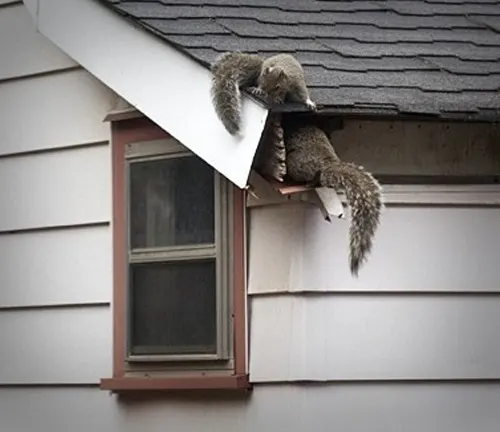
Strategies for Western Gray Squirrel Damage Prevention and Control
Finding Balance in Nature’s Design
One key approach to preventing damage caused by Western Gray Squirrels (Sciurus griseus) involves habitat modification. By understanding the factors that attract these squirrels to specific areas, we can adapt landscapes to deter their presence. This might include adjusting vegetation, removing potential nesting sites, or strategically altering the environment to strike a harmonious balance between the needs of these creatures and human interests.
Creating Boundaries for Coexistence
Creating physical barriers is an effective method for preventing Western Gray Squirrels from accessing certain areas. Exclusion tactics involve implementing measures like fences, netting, or other barriers that deter these agile climbers. Strategically applying these methods can protect crops, gardens, and structures, fostering a coexistence where both humans and squirrels can thrive without causing undue harm to each other.
Instilling Caution in the Arboreal Realm
Employing frightening devices is another avenue for deterring Western Gray Squirrels from specific areas. These devices may include motion-activated alarms, sound emitters, or visual deterrents that startle the squirrels, encouraging them to seek alternative habitats. Balancing the use of these devices ensures that the wildlife is dissuaded without causing undue stress or harm.

Harnessing Nature’s Aversions
Repellents provide a natural and non-lethal means of deterring Western Gray Squirrels. These substances, often derived from natural sources, create odors or tastes that the squirrels find unpleasant, encouraging them to avoid treated areas. Understanding the nuances of repellents and their application is crucial for effective and ethical use in mitigating potential damage.
Navigating the Ethical Landscape
The use of toxicants is a method that requires careful consideration and ethical scrutiny. While effective in controlling squirrel populations, it poses risks to non-target species and may raise concerns about environmental impact. Implementing toxicants should be approached with caution, considering the potential consequences and prioritising methods that minimize harm to both the targeted wildlife and the broader ecosystem.
Precision in Population Management
In specific situations, shooting may be employed as a method for managing Western Gray Squirrel populations. This method requires precision and adherence to legal and ethical guidelines. When carried out responsibly, controlled shooting can help address localized issues, particularly in areas where other methods may be impractical or less effective.
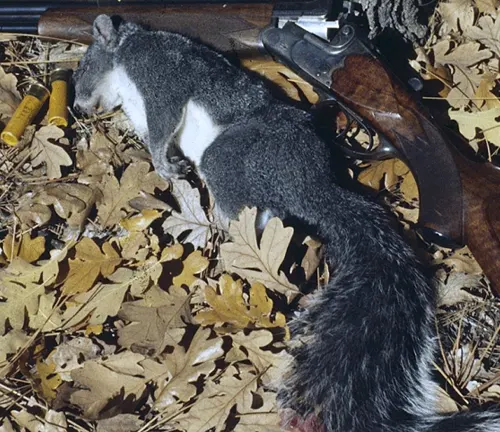
Ethical Capture for Controlled Relocation
Trapping offers a controlled and ethical means of capturing Western Gray Squirrels for relocation or other management purposes. Understanding the types of traps, their proper use, and compliance with local regulations is essential to ensure humane and effective outcomes. Trapping can be a valuable tool in managing squirrel populations while minimizing potential harm.
Different Species
Sciurus griseus griseus
(California Gray Squirrel)
Found in various regions of California, this subspecies is characterised by its grayish-brown fur and is well-adapted to the diverse habitats of the state.
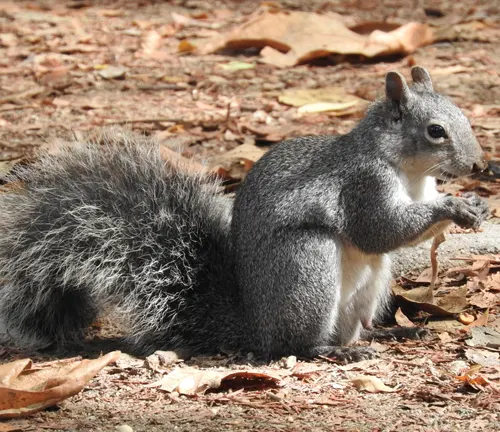
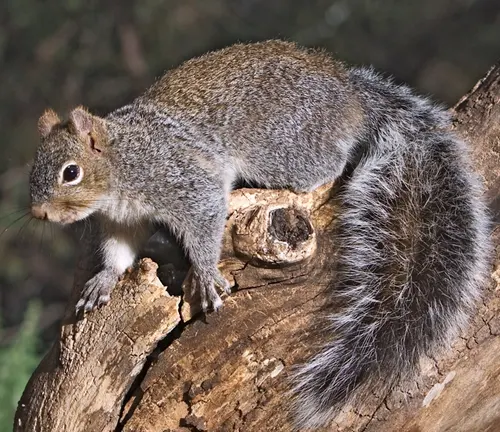
Sciurus griseus anthonyi
(Arizona Gray Squirrel)
Inhabiting parts of Arizona and New Mexico, this subspecies displays variations in coloration, with individuals exhibiting a mix of gray and rusty brown fur.
Sciurus griseus nigripes
(Catalina Island Gray Squirrel)
Restricted to Catalina Island off the coast of California, this subspecies is smaller in size compared to mainland Western Gray Squirrels and has a distinct coloration, often featuring a more pronounced reddish hue.
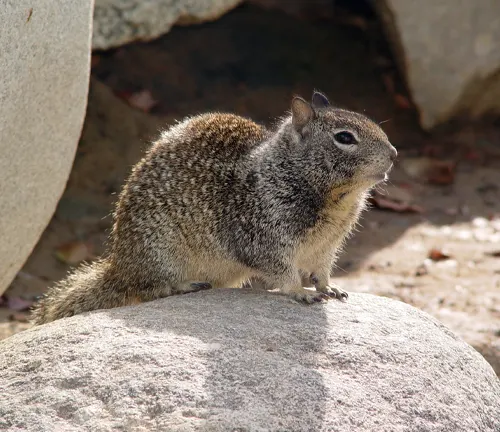
Frequently Asked Questions (FAQs)
1. What is the Western Gray Squirrel?
The Western Gray Squirrel (Sciurus griseus) is a medium-sized rodent native to the western United States. It is known for its distinctive gray and brown fur and bushy tail.
2. Where does the Western Gray Squirrel live?
The species is found in a range of habitats, including coastal forests, woodlands, and mountainous regions in the western U.S., from Washington to southern California.
3. What does the Western Gray Squirrel eat?
Western Gray Squirrels have a varied diet that includes nuts, seeds, fruits, and fungi. They play a crucial role in seed dispersal within their ecosystems.
4. Are Western Gray Squirrels endangered?
While the species is not currently listed as endangered, certain populations may face threats due to habitat loss and human-wildlife conflicts. Conservation efforts are in place to protect their populations.
5. Do Western Gray Squirrels hibernate?
No, Western Gray Squirrels do not hibernate. Instead, they are active year-round, relying on food caches and adaptations to cold weather to survive winter months.
6. How can I identify a Western Gray Squirrel?
Western Gray Squirrels are identified by their medium size, bushy tail, and gray-brown fur. They may have regional variations in coloration.
7. Do Western Gray Squirrels cause damage to property?
In some cases, Western Gray Squirrels may cause damage to landscapes, crops, or structures. Implementing preventive measures can help manage potential conflicts.
8. Are there different subspecies of Western Gray Squirrel?
Yes, there are recognized subspecies, including the California Gray Squirrel, Arizona Gray Squirrel, and Catalina Island Gray Squirrel, each adapted to specific regions.
9. How can I coexist with Western Gray Squirrels in my area?
Coexisting with Western Gray Squirrels involves understanding their behaviors, securing potential food sources, and implementing humane prevention methods to minimize conflicts.
10. Can I keep a Western Gray Squirrel as a pet?
It is generally not recommended to keep wild squirrels as pets, as they have specific dietary and environmental needs that are challenging to meet in captivity. In many places, it may also be illegal without proper permits.



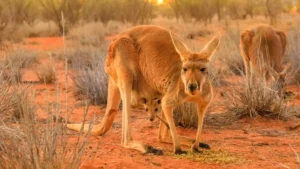

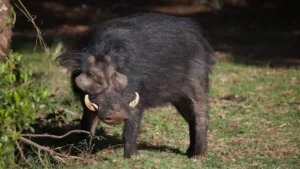
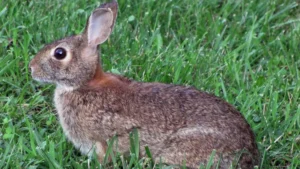
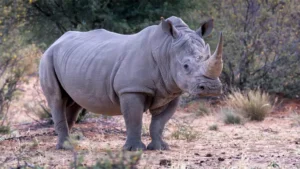
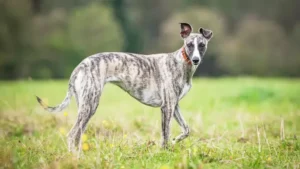
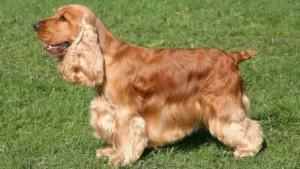
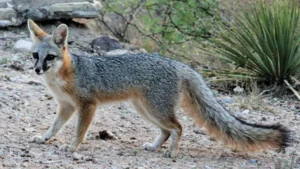
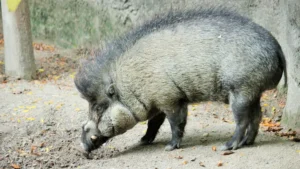
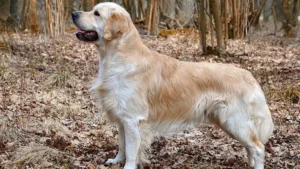
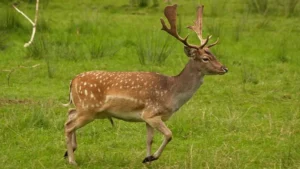
Leave your comment